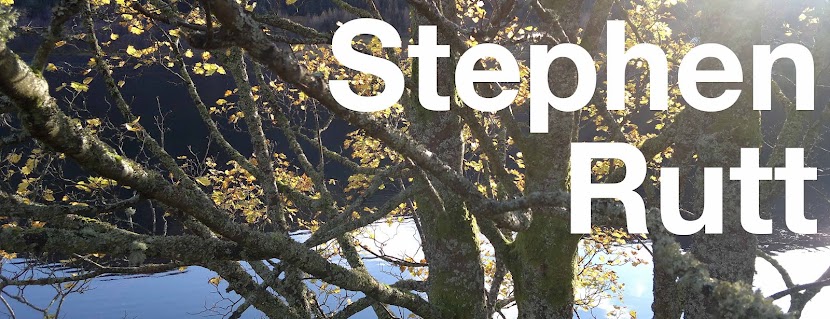Hoar frost forms as a sub-zero dew, on bitter still nights under the stars. It is the architecture of temperature and moisture: a crystalline fragment of frozen water like glassy barbed wire. On fenland afternoons when the blue sky lies about the temperature, the hoar clings on to the links between the boardwalk slats, out of the sun and beyond the reach of errant footsteps. Breath still condenses around our faces. The track away from the boardwalk is thinly iced and deeply puddled. We turn back with the ice cracking around our feet above puddles deeper than our boots. Between the reeds and the lode runs a thicket of hawthorn and tangled guelder rose bushes. A mob of Fieldfares descends from the clear sky on to them, as unruly and noisy as drunks at closing time, squabbling over the best of the pale red berries.
The fens. A landscape made by man. The extent of green and brown and water may deceive but the spirit level horizon and ruler straight lodes remind you that this was once below sea level. It is a landscape you can put a precise date upon. Wicken Fen is also precisely datable: from 1899 when the first patch of land was bought and set aside as one of the first nature reserves in Britain. Fenland is a young habitat too, requiring constant management to ensure it doesn't dry out or succeed into scrub or woodland. The sea of reeds in front is a landscape that is kept permanently young, younger than its 115 years.
The sea of reeds gently sways in the slightest of breezes. Spider silk shines against the light, joining reed head to reed head. I shiver. I've been coming here since a child and I have no warm memories of the place. I have memories of seeing my first Barn Owl on a family walk down the lode, wellies ankle deep in snow. It was spotted first by my mum, flying towards us. She thought it perhaps was a swan at first. I've been here in summer and still felt a distinct chill sweeping over the landscape. I can hardly picture it in anything other than winter; half-frozen in still tranquility, full of the empty space and silence I crave.
The sun turned golden and lit up the reeds.
The tranquility lasts just a moment until the next step flushes a Blackbird with clanging alarm notes. The sun disappeared. A Hen Harrier drifted down a ditch. A young male. Young: the brown-streaked underparts were suffused with a golden freshness; male because the wings were glazed with a greyish-blue tinge. It is a bird that carries its own sense of drama. There are no underwhelming Hen Harriers, being physically imposing and the rarest raptor to breed in England. Winter in the fens offers them relief: easy pickings along the fields and lodes, safe roosting in the middle of undisturbed marshes. In summer they head to upland moors where — with the habitat for 300 pairs — four nested this year. Tagged chicks vanish. Adults get their legs crushed in illegal traps. Meanwhile an adult male joined the young male out over the marsh. The adult's blue-grey plumage appeared as ghostly as its effortless movements in the cold light.
A blood-orange sun sinks out of the cloud, flares briefly and drops below the horizon. A clean air sunset. A Barn Owl quarters slowly into the gathering night




No comments:
Post a Comment